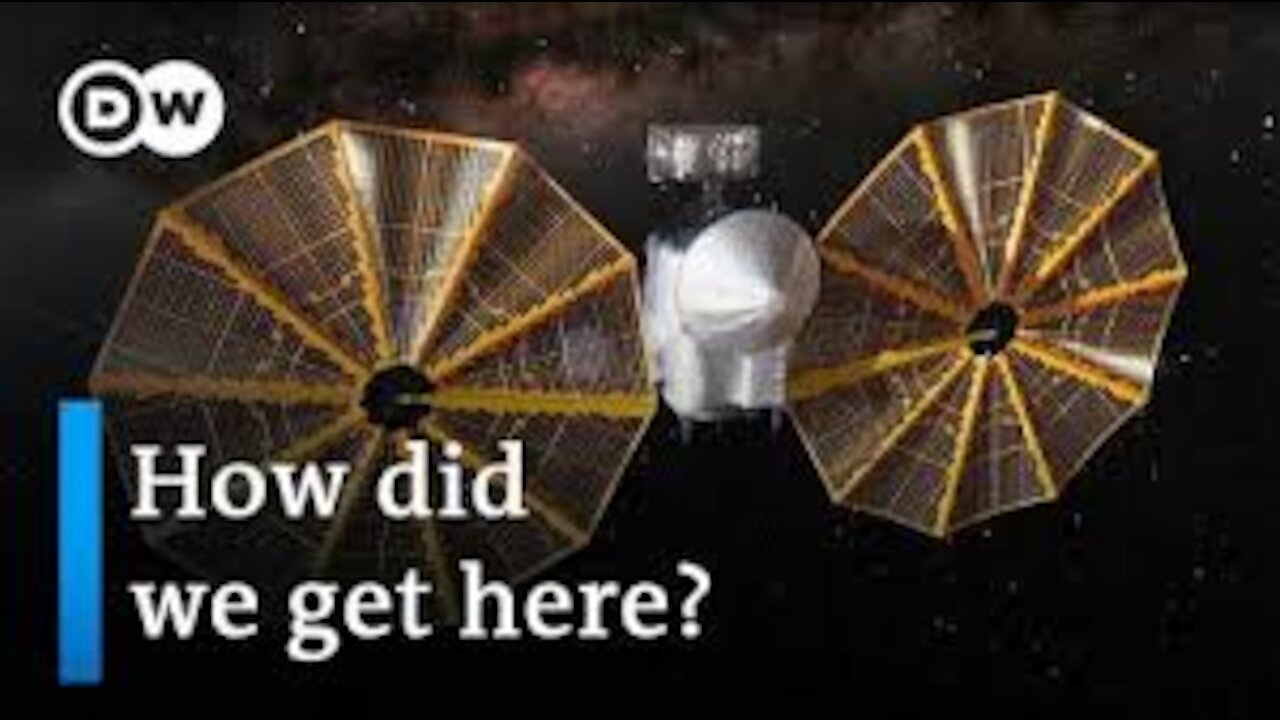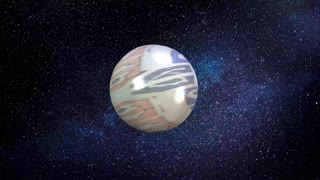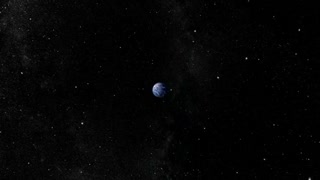Premium Only Content

NASA launches 'Lucy' space probe to find origins of solar system | DW News
How do you make a solar system? NASA has launched a new mission to try and answer that question.
"Lucy" lifted off from the Kennedy Space Center in Florida. The probe will spend the next 12 years studying asteroids near the planet Jupiter. The space rock is leftover debris from the formation of our solar system. It's hoped the close encounters will reveal clues about how we got here.
One hour after take-off, Lucy is set to unfold its solar panels. Each one has a diameter of more than seven meters. The enormous size of these panels gives Lucy the energy needed to penetrate deeper into our solar system than any other previous space probe
.
Lucy is headed to Jupiter and the so-called Trojan asteroids that circle it. These celestial bodies are locked into Jupiter's orbit around the sun by the planet's intense gravity field.
The Trojan asteroids are distributed in two separate, elongated regions situated ahead of and behind Jupiter.
Images from the Hubble Space Telescope show that these asteroids might originate from different places in the solar system. They have different colors and reflect light differently.
The asteroids appeared about 4.5 billion years ago. They are thought to have originated in the early days of the solar system’s formation. But the asteroids are still made up of their original matter, whereas the planets have continued to evolve over the years.
The space probe Lucy is set to observe a total of seven asteroids. To achieve this, it must negotiate some complex flight maneuvers. First it will gain momentum by circling the earth twice, before it launches out into deep space.
The journey will take until August, 2027. Once in deep space, Lucy will be able to observe the first four asteroids during fly by.
Then it will set course for Earth, where it will once again gain momentum for a second journey to gather information on a different cluster of asteroids.
The spacecraft is programed to observe the surface of these different worlds, searching for ice and substances that may have led to forms of life. Scientists hope it can them research the possible origins of matter.
They're hoping this will shine new light on the early stages of our solar system.
-
 0:15
0:15
Timothy Kieper Photography
3 years ago $0.01 earnedAlien Space Probe
109 -
 0:16
0:16
Editor Picks
3 years ago $0.01 earnedSolar system model
282 -
 0:25
0:25
Editor Picks
3 years agoSolar system project
2.69K1 -
 0:05
0:05
Pixabay
3 years agoSolar system planets
109 -
 LIVE
LIVE
The StoneZONE with Roger Stone
54 minutes agoRoger Stone Hails Confirmation of Kash Patel, Trashes Schiff for Attacks On Patel | The StoneZONE
1,310 watching -
 LIVE
LIVE
The Amber May Show
8 hours agoWomen Of Rumble 02-20-25
205 watching -
 41:18
41:18
Kimberly Guilfoyle
6 hours agoToday, We Kash in on Equal Justice, Live with Ryan Walters & Daniel Turner | Ep.198
66.2K20 -
 1:36:50
1:36:50
Redacted News
5 hours agoThe TRUTH in Ukraine has been EXPOSED by Trump and they are melting down | Redacted w Clayton Morris
104K160 -
 2:05:35
2:05:35
The White House
6 hours agoPresident Trump Hosts a Reception Honoring Black History Month
64.7K43 -
 1:05:09
1:05:09
Josh Pate's College Football Show
6 hours ago $0.40 earnedCFP Expansion: Latest Intel | CFB’s Schedule Problem | Arch Manning Hype | ACC Program Rankings
15.6K2